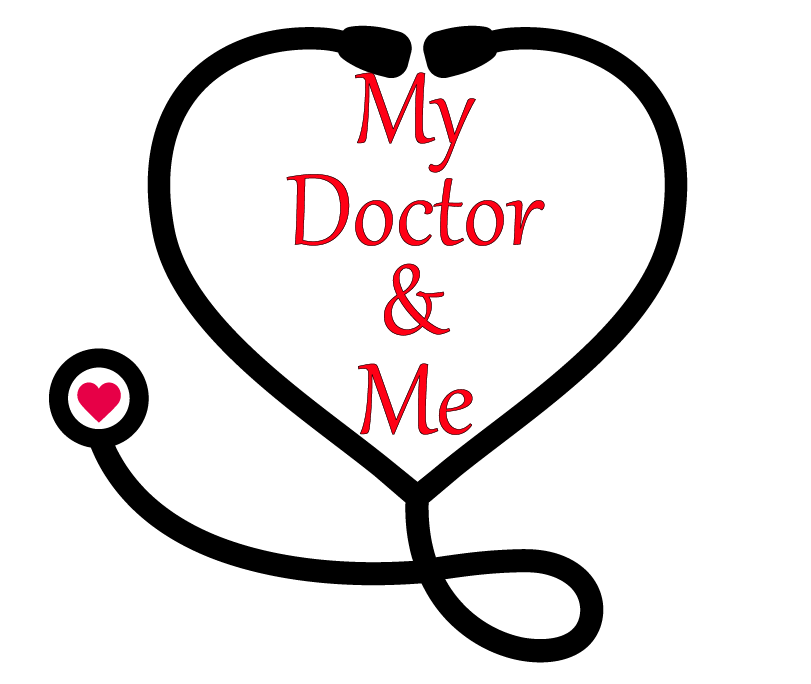- Home
- Types of Insurances
Types of Insurances
Medicare as main insurance only functions to cover the minimal requirements for basic healthcare. It does not cover things other than the standard of care. Premium roughly $140 per month. Co-insurance or you pick up the other 20%. This is accepted just about anywhere, most importantly at all hospitals and most imaging centers where most of the big costs are.
Traditional Commercial insurance with its multiple deductibles and high max out of pocket, copays and much higher premiums has the average person spending about $7,500-$13,000. When deductibles were $0-$500 and included all non-hospital services it was a tremendous option and affordable. Today it’s best attribute is covering a medical disasters like severe chronic illness and catastrophic health events. Note: Only 2-3 out of 10 meet their deductibles. Any excess premium or savings is not refunded to you.
Medicare replacement plans pay the providers the same as Medicare but administered by commercial insurers with the mindset to split cost savings with Medicare. This cost savings come directly from rules designed to make it as difficult for providers to be paid. This is the precertification process which only insures the minimum of care.
The Exchange/Obamacare: Depending on your individual premium costs and deductibles, it is an excellent choice for those with pre-existing conditions, or severe chronic illness’ and like Medicare has excellent coverage in outpatient diagnostic centers and hospitals.
Co-ops are groups of people who share the cost of each other’s health care. Usually very affordable but small print has shown they are best used for the catastrophic or severe chronic illness.
The advantage of choosing a self-pay cash or concierge plan:
1. Cash practices typically charge 25%-50% less than the agreed amount with insurers. New patients and consults often include the basic services normally performed during the initial visit. Prices are generally less expensive as there is no need to pay for the labor required to pay the insurance claim.
2. What if I need labs or testing? Membership programs includes tests or lab work at no additional charge or co-pay. Services that are not included are available at an additional discount.
3. If you were to choose the top membership level the cost of the program would be $4,250 for all your primary and cardiovascular prevention needs. The average patient will require 2 visits and at least 2 diagnostic studies. The cost is included or at a steeply discounted price. We do this because the cost to the provider to get insurance approval is often more than the amount in question. Unlike the insurance companies we pass any cost savings to the patient.
4. The lowest membership level provides for primary care and risk assessment. At $600 this level provides primary care needs and cardiovascular risk assessment, and if you turn out to be high risk you can always upgrade your membership to allow for those findings. This level is best for the very young and healthy as all items are paid for as needed once your assessment has been done.
